Rising Construction Activities
The builder hardware market in Japan is experiencing a notable surge due to increasing construction activities across various sectors. The government has initiated several infrastructure projects, which are expected to boost demand for builder hardware. In 2025, the construction sector is projected to grow by approximately 4.5%, leading to a corresponding rise in the need for hardware products. This growth is driven by urbanization trends and the need for modernized facilities. As residential and commercial construction projects expand, the builder hardware market is expected to benefit significantly from this momentum. Furthermore, the emphasis on quality and durability in construction materials is pushing manufacturers to innovate, thereby enhancing the overall market landscape.
Urbanization and Housing Demand
Urbanization continues to be a significant driver for the builder hardware market in Japan, as more individuals migrate to urban areas in search of better opportunities. This trend has resulted in a substantial increase in housing demand, with projections indicating a need for approximately 1 million new housing units by 2025. Consequently, the builder hardware market is poised to benefit from this surge, as construction companies seek reliable hardware solutions to meet the growing demand. Additionally, the trend towards smaller living spaces and innovative housing designs is prompting manufacturers to develop specialized hardware products. This evolving landscape presents both challenges and opportunities for the builder hardware market, as it adapts to the changing needs of urban dwellers.
Increased Focus on Safety Standards
the builder hardware market in Japan has a heightened focus on safety standards, driven by regulatory changes and consumer awareness. In recent years, the government has implemented stricter regulations regarding construction safety, which has led to an increased demand for compliant hardware products. By 2025, it is anticipated that the market for safety-compliant builder hardware will grow by approximately 15%. This trend is indicative of a broader societal shift towards prioritizing safety in construction practices. Manufacturers are responding by enhancing their product lines to meet these standards, thereby fostering trust among consumers and construction professionals alike. This focus on safety is likely to be a key driver for the builder hardware market in the coming years.
Sustainability Initiatives in Construction
Sustainability initiatives are becoming increasingly prominent within the builder hardware market in Japan, as both consumers and businesses prioritize eco-friendly practices. The construction industry is gradually shifting towards sustainable materials and energy-efficient solutions, which is influencing hardware product development. By 2025, it is expected that the market for sustainable builder hardware will expand by around 20%, reflecting a growing consumer preference for environmentally responsible options. Manufacturers are responding by incorporating recycled materials and reducing waste in their production processes. This commitment to sustainability not only enhances the market's appeal but also aligns with Japan's broader environmental goals, positioning the builder hardware market favorably for future growth.
Technological Advancements in Manufacturing
Technological advancements are reshaping the builder hardware market in Japan, as manufacturers increasingly adopt automation and smart technologies. The integration of advanced manufacturing techniques, such as 3D printing and robotics, is enhancing production efficiency and reducing costs. In 2025, it is estimated that around 30% of hardware products will be produced using automated processes, which could lead to improved product quality and consistency. This shift not only meets the growing consumer demand for high-quality hardware but also aligns with the industry's push towards sustainability. As manufacturers invest in technology, the builder hardware market is likely to see a transformation in product offerings, catering to the evolving needs of the construction sector.


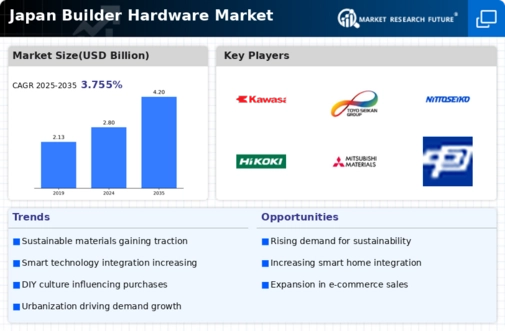
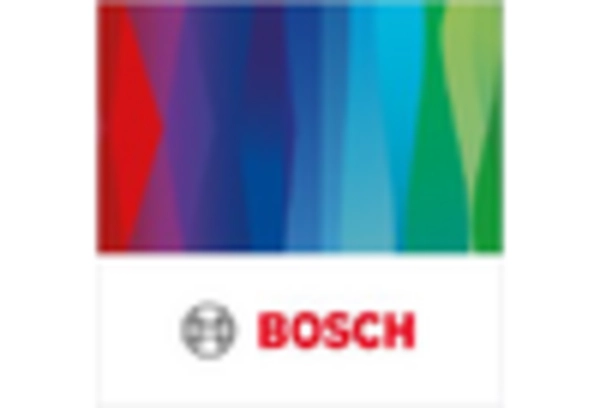
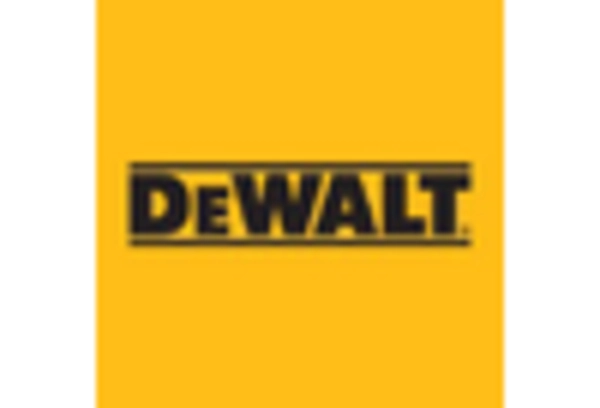
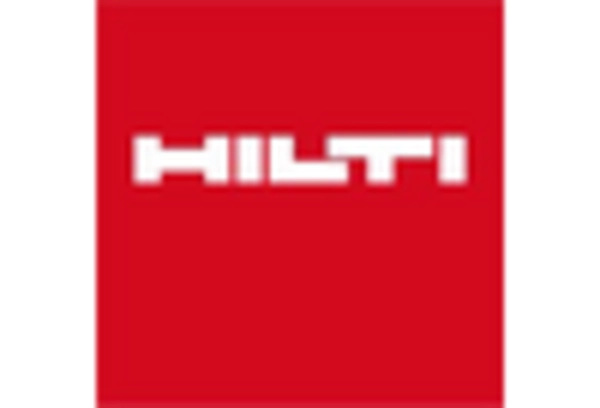

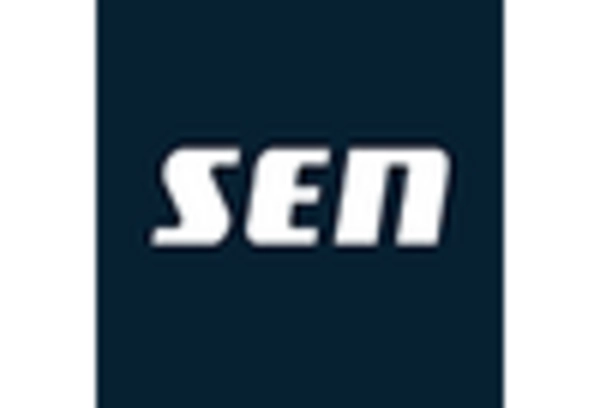









Leave a Comment